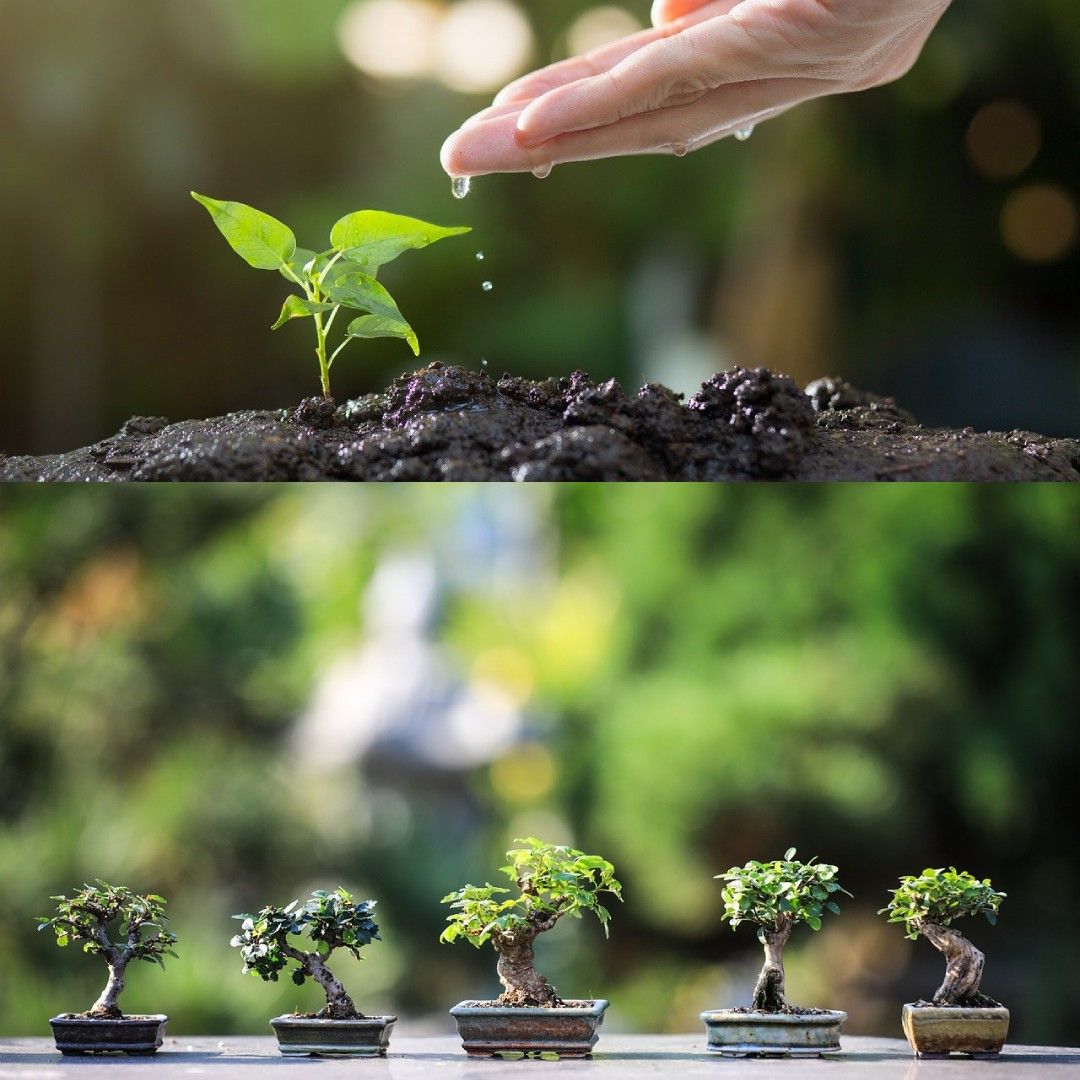The Importance of Biodiversity and Conservation Efforts
Protecting Biodiversity for a Healthier Planet—the variety of life on Earth—forms the foundation of healthy ecosystems, which in turn support human survival and well-being. From the tiniest microorganisms to the largest mammals, each species plays a vital role in maintaining the balance of nature. Yet, biodiversity is under threat like never before. Human activities such as deforestation, pollution, overfishing, and climate change are driving species to extinction at an alarming rate. Protecting biodiversity is not just about saving animals and plants—it’s about safeguarding our planet and our future.
Why Biodiversity Matters
Protecting Biodiversity for a Healthier Planet provides the essential services that sustain life on Earth:
-
Ecosystem Stability: Diverse ecosystems are more resilient to disturbances such as disease, extreme weather, and climate shifts.
-
Food Security: A variety of species ensures a stable and diverse food supply.
-
Medicine: Many medicines are derived from natural compounds found in plants, animals, and microbes.
-
Clean Air and Water: Forests, wetlands, and oceans regulate climate and filter pollutants.
-
Economic Value: Nature-based tourism, agriculture, and fisheries depend heavily on healthy ecosystems.
When biodiversity is lost, ecosystems become weaker and less able to cope with environmental stress, which ultimately affects human livelihoods and health.
Major Threats to Biodiversity
-
Habitat Destruction: Urban development, logging, and agriculture are the leading causes of habitat loss.
-
Pollution: Chemicals, plastics, and waste contaminate land and water, harming wildlife and disrupting food chains.
-
Climate Change: Rising temperatures, shifting rainfall patterns, and extreme weather alter ecosystems and push species out of their natural habitats.
-
Overexploitation: Overfishing, poaching, and unsustainable hunting drive species to the brink.
-
Invasive Species: Non-native species can outcompete local ones, leading to imbalances in ecosystems.
Conservation Efforts Making a Difference
Despite these challenges, global conservation efforts are making progress:
-
Protected Areas: National parks, wildlife reserves, and marine sanctuaries help preserve habitats and allow ecosystems to thrive.
-
Restoration Projects: Reforestation, wetland restoration, and species reintroduction projects are reviving degraded ecosystems.
-
Community-Led Conservation: Indigenous knowledge and local stewardship are key to sustainable environmental management.
-
International Agreements: Treaties like the Convention on Biological Diversity promote global cooperation to protect biodiversity.
-
Sustainable Practices: Eco-friendly farming, fishing, and business practices reduce environmental impact.
What You Can Do
Every individual can contribute to biodiversity conservation:
-
Support Conservation Organizations: Donate to or volunteer with groups working to protect wildlife and habitats.
-
Reduce, Reuse, Recycle: Minimize waste and avoid products that harm ecosystems, like single-use plastics.
-
Buy Sustainably: Choose eco-certified seafood, organic produce, and products that don’t contribute to deforestation.
-
Create Wildlife-Friendly Spaces: Plant native species, reduce pesticide use, and provide shelter for pollinators and small animals.
-
Stay Informed and Speak Up: Educate yourself and others about the importance of biodiversity and advocate for environmental policies.
Protecting Biodiversity for a Healthier Planet is not a luxury—it’s a necessity. The health of the planet depends on the diversity of life it supports. By acting now to protect biodiversity, we preserve the natural systems that provide clean air, fresh water, nutritious food, and a stable climate. Every effort counts, and together we can ensure that nature continues to flourish for generations to come.








